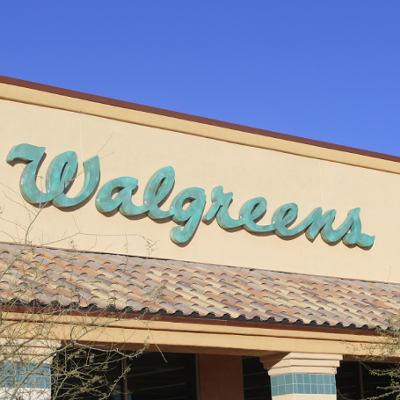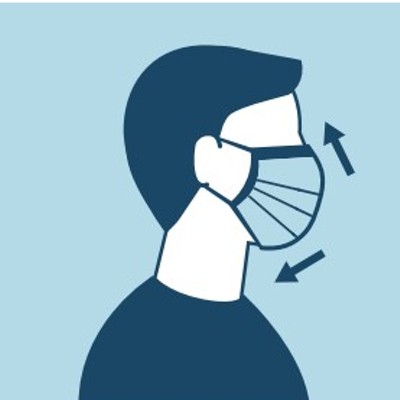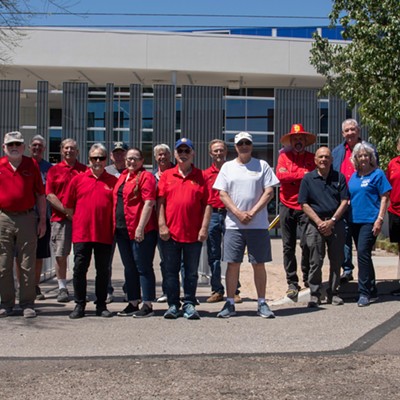Tucson, Pima County and Southern Arizona will lose their two top-level trauma centers at the end of the year unless local and state governments can provide emergency funding approaching $5 million.
Trauma centers at Tucson Medical Center and University Medical Center will lose $3.3 million and $1.5 million, respectively, this year. Officials at both hospitals put the annual cost for trauma care at $8 million for TMC and $14.4 million at UMC.
Roughly 3,000 patients are treated at the two trauma centers each year. Eight out of 10 are treated for life-threatening injuries inflicted in automobile accidents. The others are victims of gunshot or knife wounds.
Hospital officials, analysts and politicians agree that closure will force those victims into emergency rooms that are neither staffed nor equipped to handle the full range of trauma injuries within the short time medically necessary.
"Once that 'golden hour' is gone, more people will die and more people will be disabled," said state Sen. Elaine Richardson, a Tucson Democrat eager to seek state-county solutions for the trauma centers both in the short and long terms.
For much of John Duval's fourth year as the chief operating officer at UMC, the trauma crisis has propelled him to meetings with the full slate of local, state and federal politicians. In the crush of interviews and briefing sessions, he has repeated that Tucson's trauma centers are the hardest hit of seven in Arizona and are struggling against a convergence of forces that has created "a perfect storm."
These forces, Duval said in an interview with the Weekly, are:
· Managed care, which is "most aggressive" in Arizona.
· Low reimbursement--61 percent--from the Arizona Health Care Cost Containment System, the state's Medicaid alternative begun 19 years ago.
· A large population of uninsured and underinsured people.
· Border proximity, which, Duval added, increases the pressure on emergency rooms.
· The Balanced Budget Act of 1997, which he says has stripped $1 billion from the health-care sector of the Arizona economy since the law's inception.
· Higher costs, ranging from the increases in blood supply--up 15 percent beginning July 1--to those associated with shortages for health care professionals.
Jack Jewett, a vice president at TMC and a former state legislator, said his hospital is tailoring its financial request to government officials to trauma center costs and not administrative overhead.
Nevertheless, the City Council and the Pima County Board of Supervisors have both rejected immediate cash infusions to UMC and TMC. Both governments, which together will spend nearly $2 billion this year, are trying to cut expenses because of economic constraints that had tightened even before the September 11 terrorist attacks.
But supervisors have instructed County Administrator Chuck Huckelberry to explore methods of county, or broader government aid.
PIMA COUNTY taxpayers have already provided medical rescue to individuals and institutions. Beginning in 1989, the Board of Supervisors voted to pay for liver transplants for indigent county residents and to challenge AHCCCS rules that barred payment for liver transplants for adults. The county paid for liver transplants for two women in 1989 and 1993 and, in 1995, paid $120,000 for a heart transplant for a Three Points man.
County taxpayers also shouldered three straight property-tax increases from 1997 through 1999, the final and largest one to pay off a $50 million debt at the county's Kino Community Hospital and other parts of the county health system.
Now the county has built an $11.5 million reserve fund. More than $8.4 million of it comes from this year's budget. The budget also has provided supervisors with unprecedented accounts of millions of dollars that have few restrictions. The money includes:
· $1.98 million in the board's contingency fund. This account historically has been used for county shortfalls and politically popular projects or agencies.
· $1 million in a Neighborhood Reinvestment Fund. This is on top of the $10 million that voters approved for neighborhood projects in the 1997 bond election.
· $2.5 million in the Open Space Preservation Fund. This is on top of the $27.9 million authorized for open space in the 1997 bond election that has spawned severe cost overruns. Four land purchases pegged at $8 million have actually cost taxpayers $18.5 million.
While money from these funds could be moved, the contingency fund is being protected because of the forecast for sharp reductions in state revenue that has prompted Huckelberry to seek county spending cuts of up to 4 percent.
At less than $5 million, the deficits at the trauma centers would cost the owner of a $100,000 home another $15 a year in property taxes if the county chose a direct subsidy through property taxes. That is unlikely, given that the rates are already the highest of any Arizona county. Moreover, that could be part of the solution only after July 1, 2002, when the county's new budget becomes effective.
The county still has the authority to levy a half-cent sales tax via a unanimous vote of the Board of Supervisors. This could raise more than $45 million a year. It is neither an immediate solution nor a likely one, given Republican Supervisor Ray Carroll's longstanding opposition to a sales tax. Voters also could tell legislators and supervisors that they want to use a sales or property tax to fund trauma services.
County officials contend that 68 percent of the patients treated at the UMC and TMC trauma centers are from Pima County. The rest are from the Southern Arizona counties of Cochise, Santa Cruz, Pinal, Graham and Greenlee, as well as New Mexico and Mexico.
That geographic spread, combined with the high percentage of trauma patients from automobile accidents, is prompting Huckelberry to recommend that a new fee on the registration of the 1.1 million automobiles in Pima and the five other Southern Arizona counties. The math is easy at $10 per car, or even as low at $4.50. Such a fee and surcharges on traffic tickets are used in other states for trauma care costs
State Sen. Sue Gerard, R-Phoenix, is assembling a bill to raise $10 million for trauma care through increases in the monthly telephone excise tax, from 1.1 percent to 1.7 percent, and on the flat phone fee of 37 cents to 46 cents.












